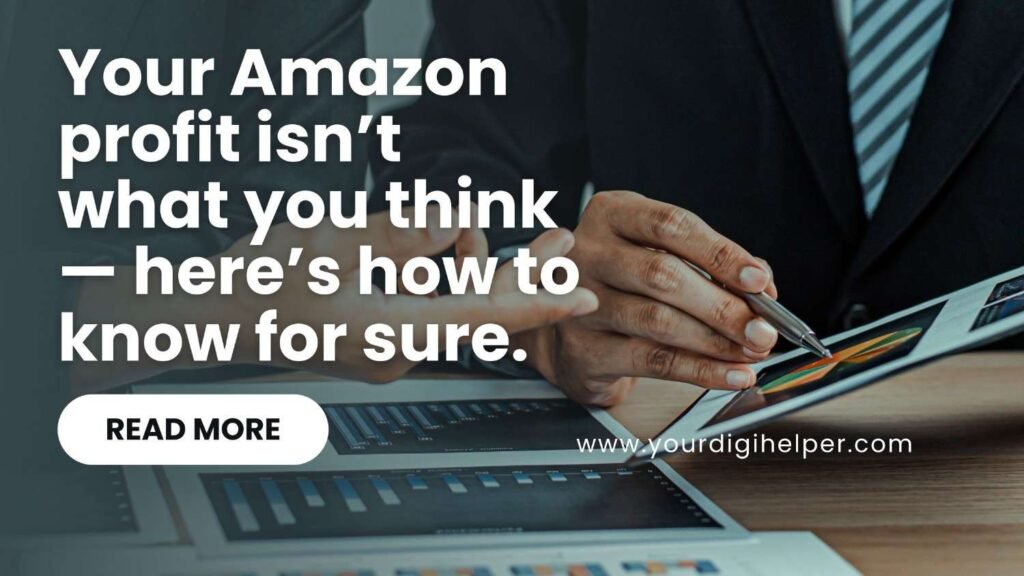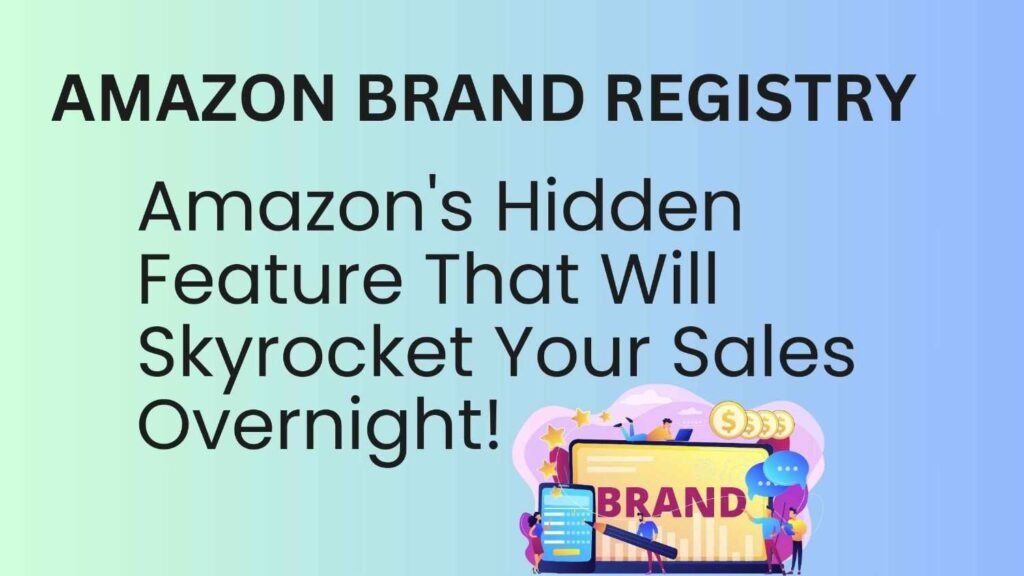Introduction
If you’re selling on Amazon, you know that it’s not as simple as just listing a product and watching the profits roll in. While it might seem like a straightforward venture, many sellers discover that understanding the true cost and profit of selling on Amazon is more complex than anticipated. In this article, we will unravel the intricacies of calculating true profit as an Amazon seller, ensuring you don’t fall into the trap of losing money. We’ll explore crucial concepts, from Amazon fees to hidden expenses, so you can confidently optimize your business for success.
💼 Want to calculate profits faster and smarter? Helium 10’s Profits Tool gives you real-time insights—trusted by over 2M sellers.
Understanding Amazon Fees
Selling on Amazon comes with a myriad of fees that can eat into your profits faster than you might realize. Let’s break down these fees so you can have a clear understanding of where your money is going.
Seller Fees
When you decide to sell a product on Amazon, you encounter two primary types of seller fees:
- Referral Fee: This is a percentage of the total sales price and varies by product category, typically ranging from 6% to 45%.
- Closing Fee: For media products, such as books or DVDs, Amazon charges a closing fee in addition to the referral fee.
FBA (Fulfilled by Amazon) Fees
While FBA offers the convenience of shipping and customer service, it does come with its own set of fees:
- Fulfillment Fee: This is a per-unit fee based on the item’s size and weight. It covers picking, packing, and shipping.
- Storage Fees: Charged monthly, based on the volume your inventory occupies. Long-term storage fees apply for products stored over a year.
“Always calculate Amazon fees thoroughly before setting your product prices to ensure profitability.”
Calculating Cost of Goods Sold (COGS)
Your Cost of Goods Sold (COGS) is a vital metric in determining true profit. It includes all the costs involved in producing or purchasing your product.
Components of COGS
- Manufacturing Costs: If you produce your own products, include raw materials, labor, and overheads.
- Purchase Costs: For reselling, this includes the purchase price of inventory.
- Shipping Costs to Amazon: The cost of getting your inventory to an Amazon fulfillment center.
- Import Duties and Taxes: If applicable, consider these costs for international shipping.
A common mistake sellers make is underestimating their COGS, which can lead to skewed profit calculations.
Accounting for Hidden Expenses
Beyond obvious costs, there are hidden expenses that can silently impact your bottom line.
Marketing and Advertising
Investing in Amazon’s PPC (Pay-Per-Click) advertising can drive traffic, but it incurs costs that must be factored into your calculations to prevent unexpected losses.
Returns and Refunds
Managing returns is an unavoidable part of selling online. While Amazon handles the logistics, the cost to the seller can eat into profits significantly.
Taxes and Insurance
Don’t overlook sales taxes, which vary by state, and liability insurance for your products, which helps protect your business in case of unforeseen incidents.
“Include all hidden expenses in your profit calculations to avoid unexpected financial shortfalls.”
Tools and Strategies for Accurate Profit Calculation
Ensuring you always have a clear picture of your profitability requires the use of certain tools and clever strategies.
Use Profit Calculators
Numerous online tools allow you to input all known expenses and fees to calculate your potential profit. Here are a couple of useful resources:
- Amazon’s Revenue Calculator
- Third-party tool like Helium 10
Want a tool that does it all? From keyword research to profit tracking—Helium 10 is your ultimate Amazon toolkit. Use our exclusive link for 20% off for 6 months.
Regular Financial Reviews
Conduct monthly reviews of your financials. Analyze past sales, and update costs regularly, ensuring your profit margins remain strong.
Conclusion
In the competitive world of Amazon selling, understanding and controlling your true profit margins is crucial to success. By accounting for all fees, calculating accurate COGS, considering hidden expenses, and employing accurate profit tracking tools, you can avoid the pitfalls that lead to financial losses. Remember, staying informed and proactive about your finances is key to thriving on this platform. As you continue your journey, keep refining your calculations to adapt to the dynamic marketplace that is Amazon.
“Taking control of your finances means steering your Amazon business towards long-term success and sustainability.”
Deploy these strategies, and you’ll find yourself better equipped to handle financial hurdles, ultimately ensuring your Amazon business doesn’t just survive but thrives!
🚀 Ready to Launch Smarter on Amazon?
Supercharge your Amazon journey with Helium 10, the all-in-one tool trusted by over 2 million sellers worldwide. Here’s what you get:
✅ Find Winning Products with Black Box – high-demand, low-competition.
✅ Dominate Keywords using Cerebro & Magnet for SEO and PPC.
✅ Optimize Listings with Scribbles & Frankenstein for better rankings.
✅ Track Profits & Inventory in real time to scale efficiently.
✅ Automate Ads with AI-powered PPC – set your ACoS, and let it run.
✅ Protect Your Listings with instant hijacker alerts.
🎯 As a special thank you for reading this article, you’re getting an exclusive 20% discount for 6 months—a limited-time offer you don’t want to miss. Claim Your 20% Discount on Helium 10 Plans
👉 Click here to get started with Helium 10 – Launch smart, scale fast!



